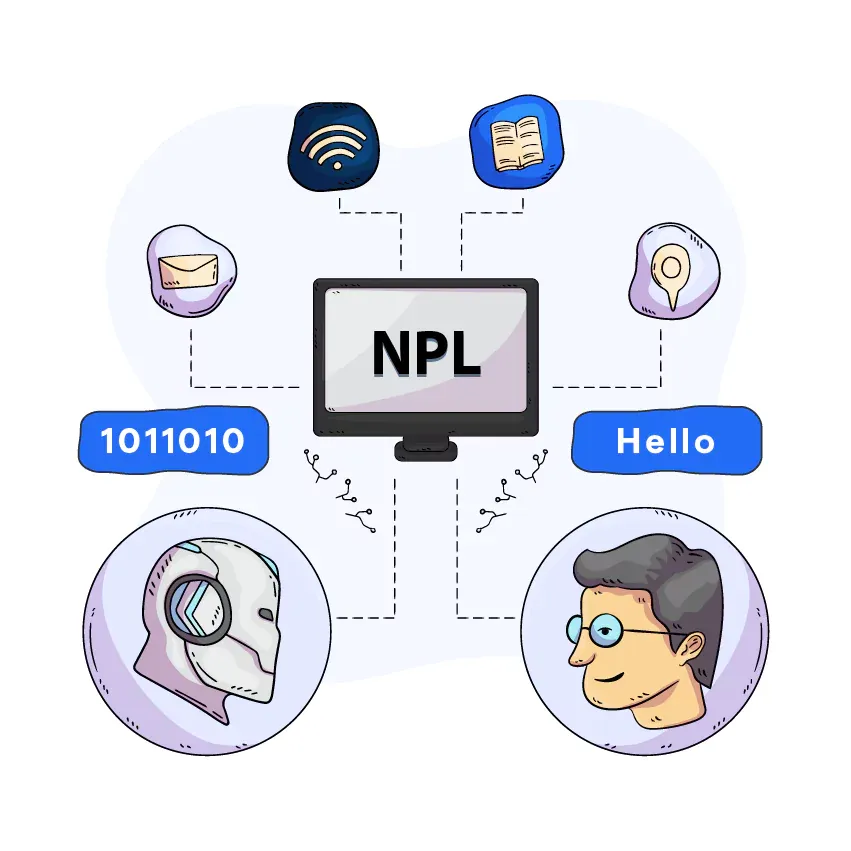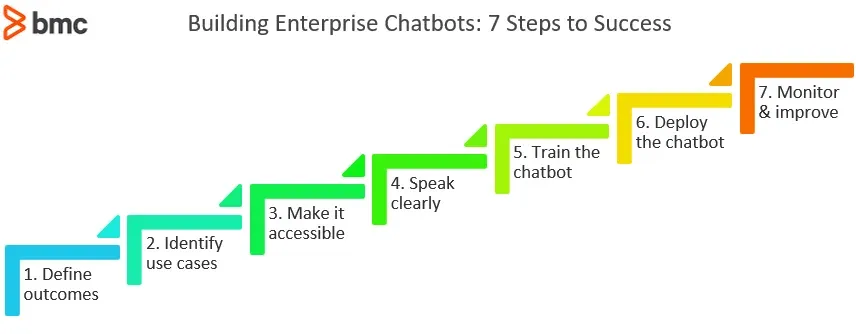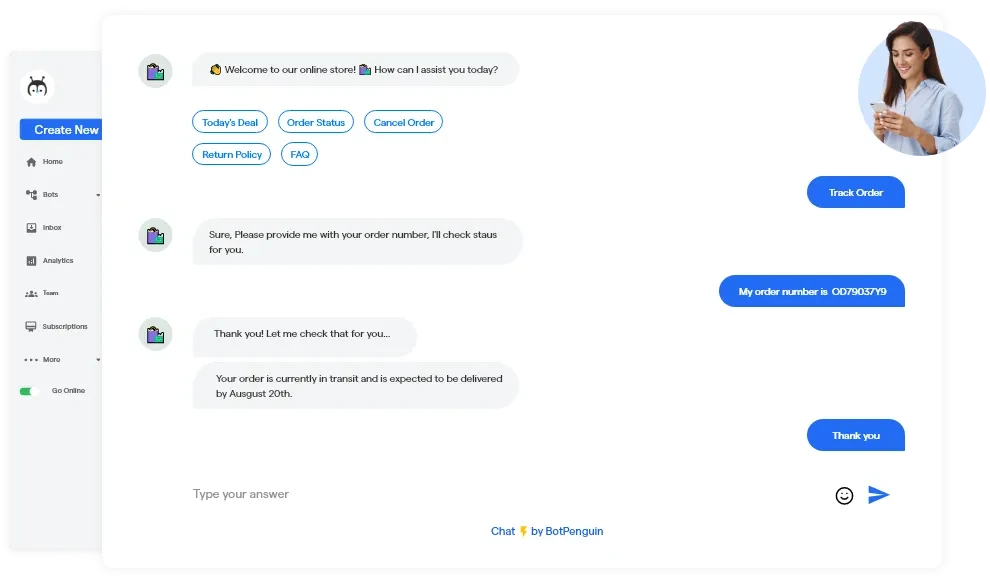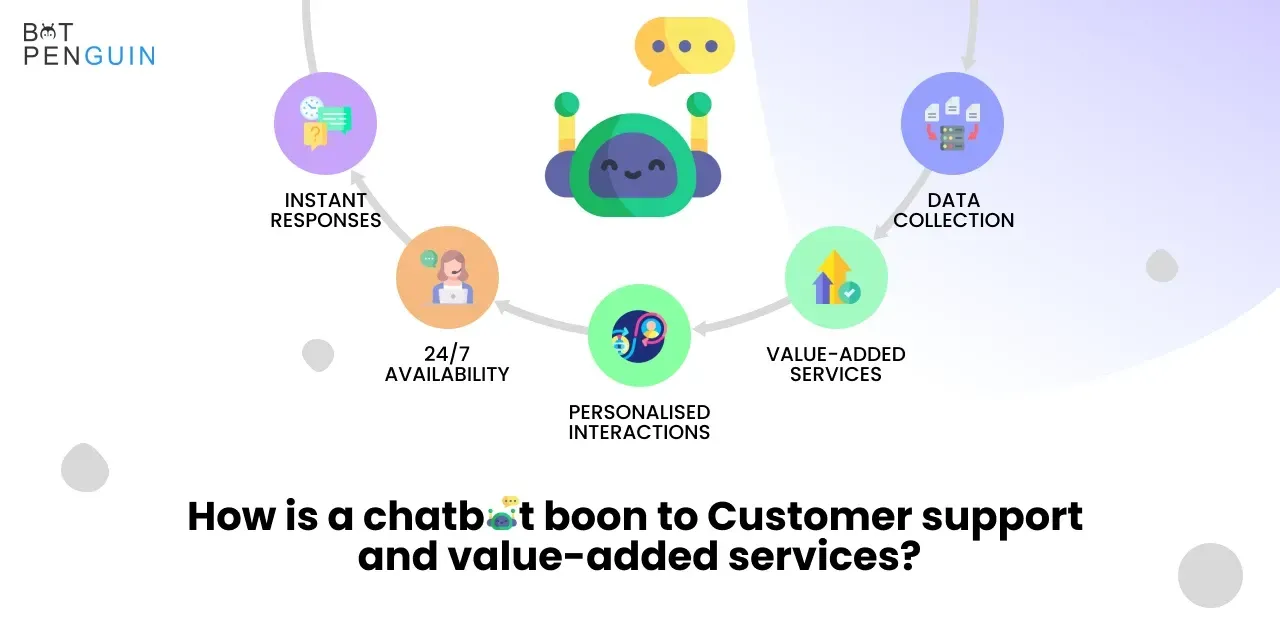In today's fast-paced business landscape, effective communication plays a pivotal role in driving organizational success.
Enterprises worldwide are constantly seeking innovative solutions to scale their communication efforts and streamline interactions across diverse teams, departments, and stakeholders.
This is where Natural Language Processing (NLP) steps in as a game-changing technology.
In this blog post, we will delve deep into the world of NLP and explore how it can revolutionize enterprise communications.
From understanding the fundamentals of NLP to its practical applications, we will provide you with invaluable insights, best practices, and real-world examples to help you navigate and implement NLP successfully in your organization.
So, whether you are a business leader, a communication professional, or a technology enthusiast, let’s discover how NLP can reshape the way enterprises communicate and propel them towards unprecedented growth and success.
What is Natural Language Processing (NLP)?
In this digital age, NLP plays a crucial role in bridging the gap between human language and computers. It is a field of AI that focuses on enabling machines to understand, interpret, and generate human language in a meaningful way.
NLP refers to various methods and algorithms used to handle and examine enormous volumes of textual data.
To comprehend the intricacies of NLP, it's essential to grasp its fundamental components. These include:

Tokenization
Tokenization involves breaking down text into individual units, such as words, phrases, or characters. This step provides the foundation for subsequent NLP processes.
Part-of-Speech (POS) Tagging
POS tagging assigns grammatical tags to each token in a text, such as a noun, verb, adjective, or adverb. It helps in understanding the syntactic structure of sentences.
Named Entity Recognition (NER)
NER identifies and classifies named entities in text, such as names of people, organizations, locations, dates, or monetary values.
It is crucial for extracting meaningful information from unstructured data.
Sentiment Analysis
The goal of sentiment analysis is to ascertain the general attitude, whether positive, negative, or neutral, that is conveyed in a text.
It helps businesses to determine consumer opinion and feedback on their goods or services.
Importance of NLP in Scaling Enterprise Communications
NLP holds immense significance in enterprise communications, offering several advantages that help businesses thrive in today's fast-paced world.
Benefits of Using NLP in Enterprise Communications

Improved Customer Interactions and Experience
NLP-powered chatbots and virtual assistants can provide instant and accurate responses to customer queries, offering round-the-clock support.
These conversational agents enhance customer satisfaction by delivering personalized and timely assistance.
Enhanced Productivity and Efficiency
NLP automates repetitive tasks, such as email classification or document summarization, freeing up valuable time for employees to focus on more critical responsibilities.
This boosts overall productivity and streamlines business operations.
Real-time Data Analysis and Insights
Organizations can extract valuable insights from large volumes of unstructured data by harnessing NLP techniques.
They gain the ability to monitor customer sentiment, identify emerging trends, and make data-driven decisions swiftly.
Personalized Communication and Recommendations
NLP enables businesses to deliver tailored communication and recommendations to their customers.
By analyzing customer preferences, behaviors, and interactions, NLP algorithms can provide personalized product suggestions, content recommendations, and targeted marketing campaigns.
Suggested Reading:
Why BotPenguin is the best Custom Chatbot Development provider
Use Cases of NLP in Enterprise Communications

Chatbots and Virtual Assistants
Chatbots and virtual assistants have revolutionized customer support and engagement.
By leveraging NLP for enterprise chatbot, these AI-powered agents can understand natural language queries, provide accurate responses, and handle complex interactions, offering a seamless customer experience.
Sentiment Analysis and Customer Feedback
NLP techniques excel in analyzing customer feedback, such as reviews, social media posts, or survey responses.
Sentiment analysis allows organizations to gain valuable insights into customer opinions, identify improvement areas, and promptly address concerns.
Text Summarization and Content Generation
NLP algorithms can condense lengthy documents or articles into concise summaries, making information more accessible and digestible.
Additionally, advanced NLP models can generate coherent and contextually relevant content, saving time and effort in content creation for enterprise chatbot.
Language Translation and Multilingual Support
NLP powers machine translation systems that enable businesses to communicate effectively with a global audience.
Whether translating customer queries or localizing content, NLP allows organizations to bridge language barriers and cater to diverse markets.
NLP Techniques for Enterprise Chatbots
Named Entity Recognition (NER)
Identifying and extracting detailed information from text, such as persons, places, dates, or product names, requires named entity recognition.
With the help of this technology, firms may accurately extract and analyze data to gain insightful information.
Sentiment Analysis and Emotion Detection
Sentiment analysis involves classifying text into positive, negative, or neutral sentiment.
Advanced NLP models can detect nuanced emotions, giving organizations a deeper understanding of customer feedback and opinions.
Topic Modeling and Document Clustering
Topic modeling allows businesses to extract themes or topics from a large corpus of documents.
By clustering related documents together, NLP enables efficient organization and retrieval of information, leading to improved knowledge management.
Intent Recognition and Response Generation
Intent recognition helps understand the purpose or intention behind a user's query or statement.
NLP models can accurately classify user intents, enabling systems to generate appropriate and contextually relevant responses.
Implementing NLP in Enterprise Communications
Choosing the Right NLP Framework or Library
Organizations must select the appropriate NLP framework or library that suits their specific requirements to implement NLP effectively.
Popular options include TensorFlow, PyTorch, and NLTK (Natural Language Toolkit).
Data Preparation and Preprocessing
Preparing and preprocessing data is a crucial step before training NLP models. This involves cleaning the data, removing noise or irrelevant information, and transforming it into a format suitable for NLP tasks.
Training and Fine-tuning NLP Models
NLP models often require extensive training using labeled data to learn patterns and make accurate predictions.
Fine-tuning the models with domain-specific data enhances their performance and makes them more tailored to the organization's needs.
Integration with Existing Communication Systems
Integrating NLP capabilities seamlessly with existing communication systems, such as customer support platforms or marketing automation tools, ensures smooth adoption and effective utilization of NLP technologies.
Suggested Reading:
Chatbot Development Services: Get Enterprise Ready Solutions
Challenges and Considerations in Scaling NLP for Enterprise Chatbots

Handling Domain-Specific Language and Terminology
Understanding industry-specific language and jargon in enterprise chatbots can be challenging for NLP models.
Addressing this requires domain-specific training data and continuous fine-tuning of models to grasp the intricacies of specialized terminology.
Ensuring Data Privacy and Security
NLP models handle delicate information like customer interactions or private documents.
Sensitive data must be protected from unwanted access and breaches by organizations putting strong data privacy and security safeguards in place.
Dealing with Noise and Ambiguity in Communication Data
Real-world communication data often contains noise, inconsistencies, or ambiguities.
NLP systems must be robust enough to handle these challenges, employing techniques such as context awareness and advanced algorithms for accurate analysis.
Best Practices for NLP Adoption in Enterprise Communications

Building a Strong Data Infrastructure
Establishing a robust data infrastructure is critical for NLP success.
It involves collecting and organizing high-quality labeled data, creating comprehensive datasets, and ensuring data accessibility for training and evaluation purposes.
Continuous Monitoring and Evaluation of NLP Models
NLP models should be continuously monitored and evaluated to maintain performance and adapt to evolving language patterns.
Regular evaluation helps identify model weaknesses and provides insights for further improvements.
Collaboration Between NLP Experts and Domain Specialists
Successful NLP adoption requires collaboration between NLP experts and domain specialists who possess in-depth knowledge of the industry's unique requirements.
By combining technical expertise with domain insights, organizations can achieve optimal results.
Conclusion
In today's digital landscape, NLP is a game-changer for scaling enterprise communications. By harnessing the power of NLP, businesses can enhance customer interactions, gain valuable insights, and streamline communication processes. The benefits are clear, and the possibilities are endless.
Embrace NLP and explore its myriad opportunities to transform enterprise communications into seamless, personalized experiences. Stay ahead of the curve and unlock the true potential of
NLP in your organization.
And the tech for BotPenguin just doesn't stop there! With all the heavy work of chatbot development already done for you, BotPenguin makes sure that you reach your customers where they are by offering chatbots for multiple platforms, thus making omnichannel support look easy:
- WhatsApp Chatbot
- Facebook Chatbot
- WordPress Chatbot
- Telegram Chatbot
- Website Chatbot
- Squarespace Chatbot
- woocommerce Chatbot
- Instagram Chatbot
BotPenguin is an AI-powered chatbot platform that offers Natural Language Processing capabitites in-built into chatbots. It empowers businesses to create intelligent chatbot solutions that can effectively communicate with users, understand their intent, and provide personalized and helpful responses.
So if you want to expand rapidly and build a sustainable system for communication, BotPenguin is your partner.
Sign up today. Try our free plan and see the amazing impact it generates.
Frequently Asked Questions (FAQs)
What is NLP (Natural Language Processing) and how can it be used to scale enterprise communications?
NLP refers to the branch of AI that enables machines to understand and process human language.
It can be leveraged in enterprise communications to automate tasks like chatbots, sentiment analysis, and language translation, thereby enhancing communication efficiency and scalability.
What are the key benefits of using NLP for scaling enterprise communications?
Implementing NLP in enterprise communications enables faster and more accurate information retrieval, improved customer support through chatbots, enhanced sentiment analysis for customer feedback, automated language translation for global interactions, and increased overall efficiency in communication processes.
How can NLP be used to develop intelligent chatbots for enterprise communications?
NLP techniques can empower chatbots to understand and respond to user queries or commands.
By analyzing user input, chatbots can provide relevant information, offer personalized recommendations, and even automate routine tasks, leading to improved customer experiences and reduced workload on human agents.
What role does sentiment analysis play in scaling enterprise communications using NLP?
Sentiment analysis using NLP allows businesses to analyze and understand customer feedback, social media mentions, and other text data to gauge sentiment towards their products or services.
This helps organizations identify areas for improvement, address customer concerns, and enhance their overall communication strategies.
How can NLP facilitate language translation in enterprise communications?
With NLP, businesses can develop language translation models that automatically translate text or speech from one language to another.
This enables seamless communication with customers and partners globally, eliminating language barriers and facilitating efficient cross-border collaborations.
What challenges should be considered when implementing NLP for scaling enterprise chatbots?
Some challenges of using NLP in enterprise chatbots include handling language nuances, ensuring privacy and data security, training accurate models with diverse datasets, handling context ambiguity, and continuously adapting NLP systems to evolving language patterns and user preferences.
Can NLP be used to automate data extraction and analysis in enterprise chatbots?
Yes, NLP techniques can automate data extraction and analysis by processing unstructured textual data such as emails, reports, and customer feedback for enterprise chatbots.
This helps businesses extract valuable insights, identify trends, and make data-driven decisions more efficiently, ultimately improving their communication strategies.


